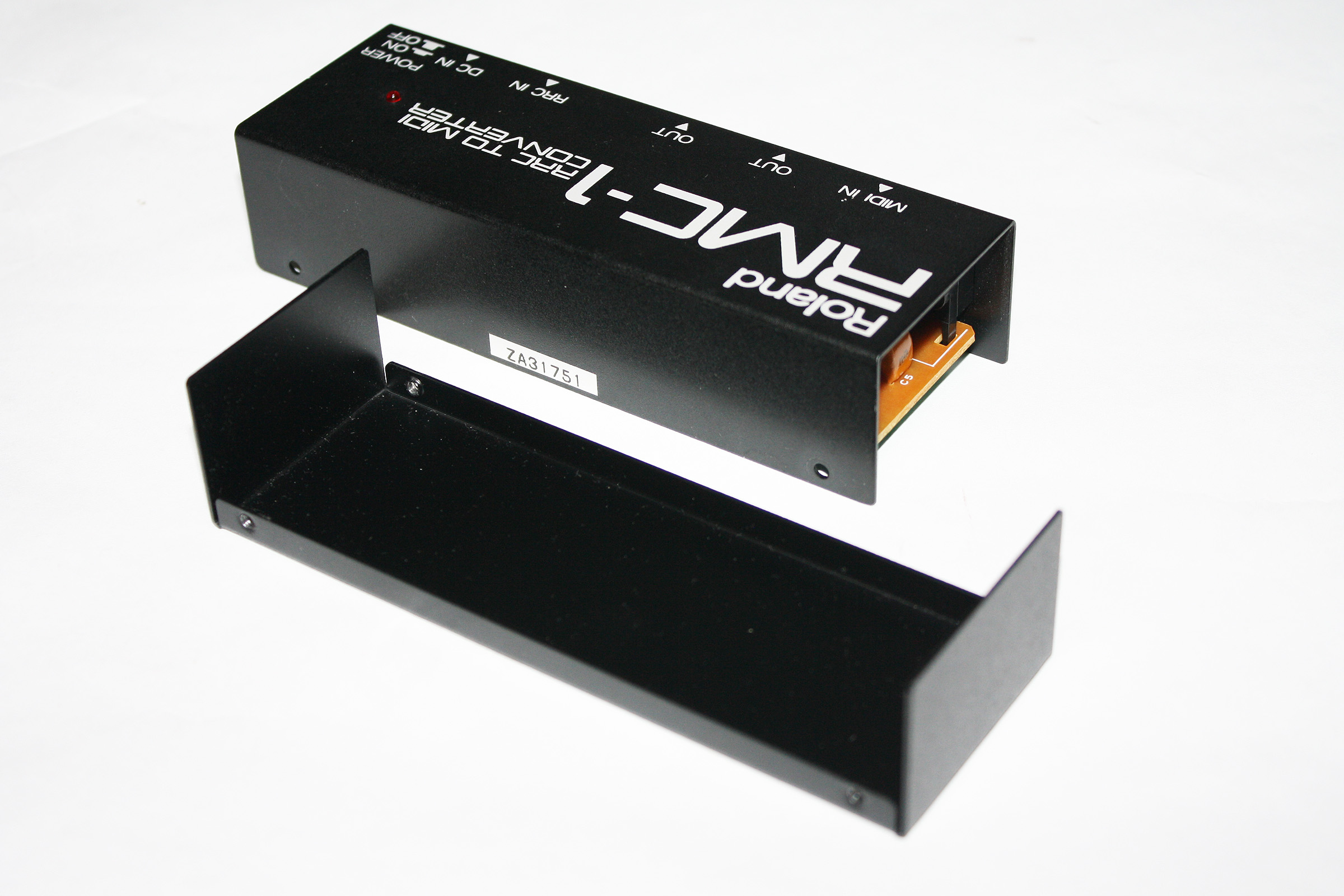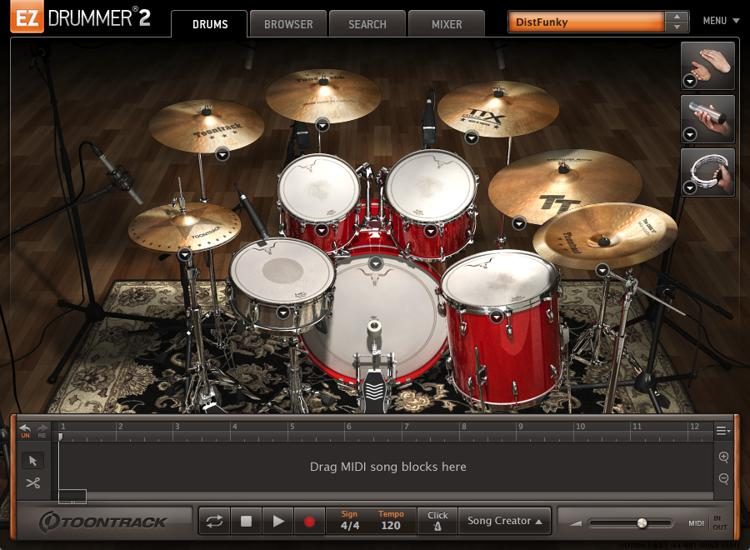

Note that when the setting is changed in the MIDI import panel, it is also changed in the Preferences. This setting is identical to the Import MIDI key map setting in the Grooves Preferences - it is also provided in the MIDI Import panel for convenience. The filename, tempo, time signature and length in bars are shown. The summary area displays an analysis of the imported MIDI file. The Unmapped MIDI note mode setting in the Grooves Preferences can be set to to show a warning when this occurs instead of simply ignoring any unused notes.Īfter initiating the MIDI import process using one of the two above methods, the MIDI Import panel appears. Alternatively, a new Key Map can be created in the Key Map panel and used instead.īy default, BFD3 ignores any MIDI notes encountered that are not defined in the referenced keymap. It can, however, be changed to any other available key map, such as the General MIDI Key Map supplied in the factory data. By default, it is set to the BFD 1.5 Key Map to allow loading BFD 1.x-format Grooves and Bundles (see below). The Import MIDI key map setting in the Grooves Preferences and in the MIDI Import panel (see below) specifies the Key Map that is used for the import process. Therefore, a key map must be defined and used as a reference in order to assign a MIDI file's note events to articulations within BFD3. MIDI files simply contain pitched notes - they do not contain any information about the BFD3 articulations that should be triggered. function processes multiple files to create native BFD3 versions which are imported into the database.



 0 kommentar(er)
0 kommentar(er)
